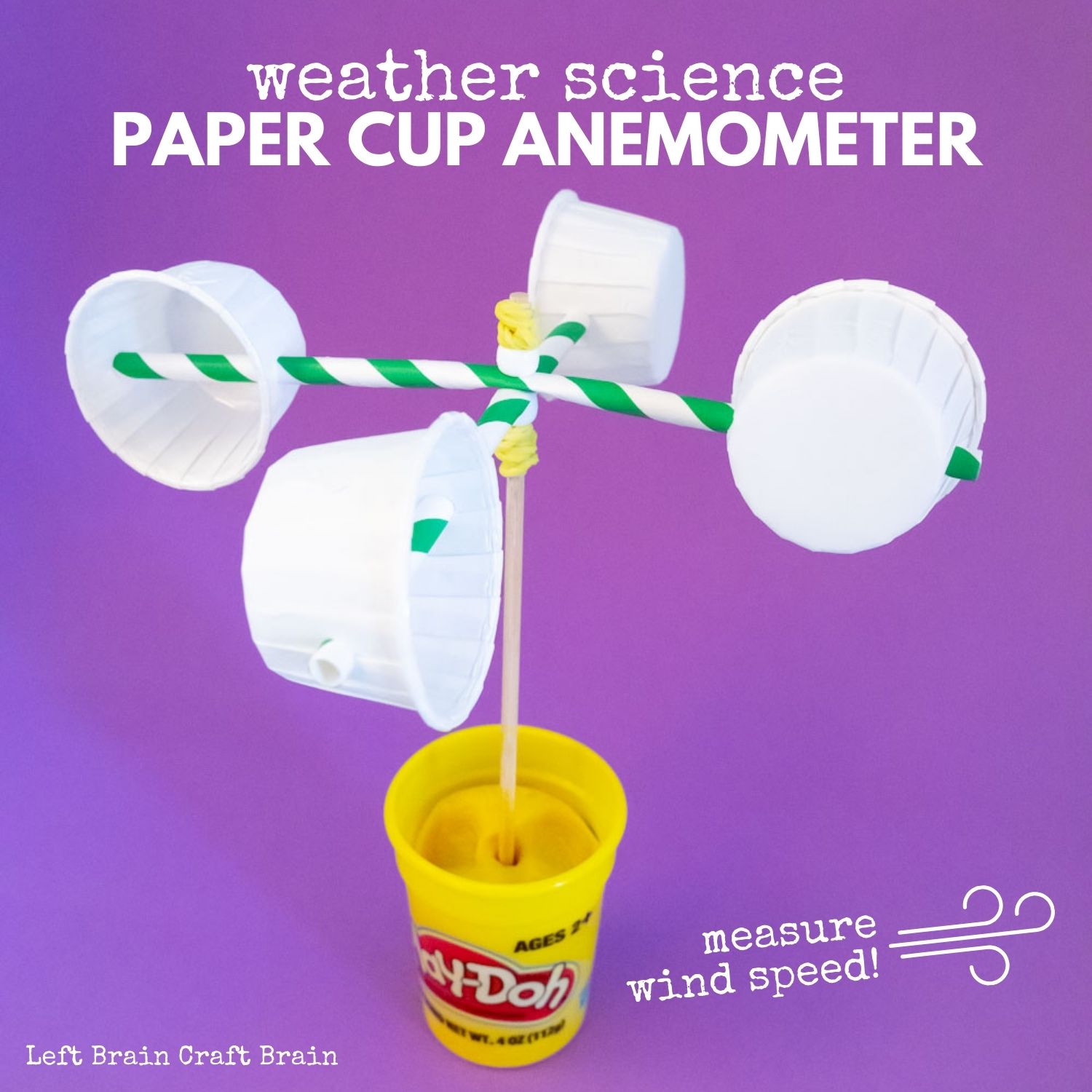Selecting the Right Anemometer: A Comprehensive Purchasing Guide
Selecting the Right Anemometer: A Comprehensive Purchasing Guide
Blog Article
Anemometers Introduced: Understanding Their Importance in Ecological Monitoring and Safety And Security Steps
The duty of anemometers in environmental surveillance and security steps is often underestimated, yet their value is obvious. From meteorology to air travel safety and security, anemometers play a crucial duty in supplying exact data that notifies decision-making procedures and enhances overall safety and security.
History of Anemometers
The evolution of anemometers can be mapped back to the ancient people where rudimentary wind gauging tools were first used. These very early wind measurement tools laid the foundation for the advancement of more advanced anemometers in time. Among the earliest known anemometers was the hemispherical mug anemometer created by Leon Battista Alberti in the 15th century. This design consisted of 4 hemispherical cups that accumulated wind energy, giving a dimension of its strength based on the rate of rotation.
Over the years, advancements in technology led to the advancement of even more modern-day anemometers, consisting of ultrasonic anemometers and laser Doppler anemometers, offering raised accuracy and effectiveness in determining wind speed and instructions. The background of anemometers showcases an exceptional journey of development and progress in the area of meteorology.
Sorts Of Anemometers
Throughout the field of weather forecasting, various types of anemometers have actually been developed to precisely gauge wind rate and instructions. Sonic anemometers utilize ultrasonic signals to gauge wind rate and direction precisely. Hot-wire anemometers run based on the principle that the cooling impact of wind on a warmed wire is proportional to the wind rate.
Applications in Meteorology
Having actually reviewed the numerous kinds of anemometers utilized in meteorology for measuring wind speed and direction, it is crucial to discover their practical applications in the field. Anemometers play an important function in weather forecasting by supplying real-time and exact information on wind problems (anemometer). Meteorologists make use of anemometers to check wind rate and instructions to anticipate climate patterns, issue warnings for severe weather events like cyclones, twisters, and tornados, and analyze weather for air travel security
In meteorology, anemometers assist in recognizing regional and local wind patterns, which are important for anticipating weather condition modifications and figuring out weather patterns. These devices are also utilized in research study to study microclimates, city warm islands, and air pollution diffusion. Furthermore, anemometers are employed in farming to enhance crop monitoring methods, such as irrigation and chemical application, based on wind conditions.
Relevance in Aeronautics Security
An important aspect of ensuring aeronautics safety exists in the precise monitoring of wind problems using anemometers. Anemometers play an important role in aviation by supplying real-time data on wind rate and direction, assisting pilots in making notified choices during landing, trip, and take-off. Solid and unforeseeable winds can dramatically impact airplane operations, making it essential for air travel authorities to rely upon exact wind measurements to ensure the security of guests and crew.

In the dynamic setting of air travel, where also minor modifications in wind rate and direction can have extensive results, anemometers stand as important devices for promoting safe and secure air travel.
Duty in Environmental Research Study
How do anemometers add to innovations in environmental research study? Anemometers play an important duty in environmental research study by giving important information on wind rate and instructions. This info is crucial for understanding different atmospheric procedures, such as air pollution diffusion, climate patterns, and environment adjustment. By properly gauging wind qualities, anemometers aid scientists examine the motion of pollutants airborne, examine the impact of industrial exhausts, and forecast the spread of contaminants in the setting.


Conclusion
In final thought, anemometers have actually played a crucial role in environmental surveillance and safety and security actions. With an abundant background and numerous kinds available, these gadgets have been widely made use of in weather forecasting, aeronautics security, and environmental websites research. Comprehending the importance of anemometers is necessary for precisely determining wind speed and instructions, which is important for forecasting climate patterns, making certain secure air travel operations, and conducting environmental researches - anemometer. Their payments to these areas can not be undervalued.
One of the earliest recognized anemometers was the hemispherical cup anemometer created by Leon Battista Alberti in the 15th century. Over the years, improvements in innovation led to the development of more modern-day anemometers, including ultrasonic anemometers and laser Doppler anemometers, offering raised accuracy and effectiveness in gauging wind speed and direction. Hot-wire useful link anemometers run based on the principle that the cooling impact of wind on a warmed wire is proportional to the wind rate. Meteorologists use anemometers to check wind speed and direction to anticipate weather patterns, concern cautions for severe climate events like hurricanes, storms, and storms, and examine atmospheric conditions for air travel safety.
Understanding the significance of anemometers is necessary for properly measuring wind speed and instructions, which is essential for forecasting weather patterns, making certain safe air travel procedures, and carrying out ecological researches. (anemometer)
Report this page